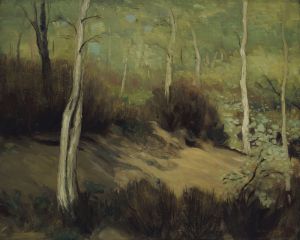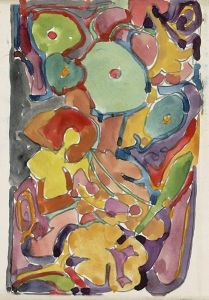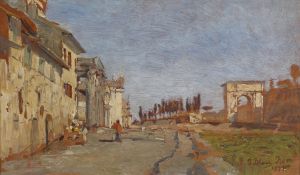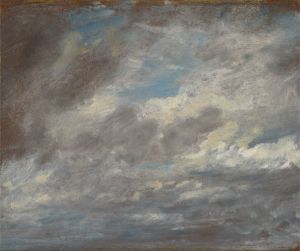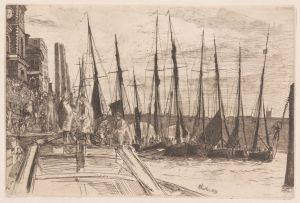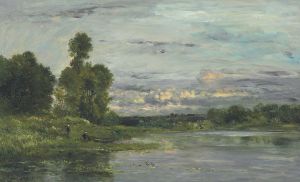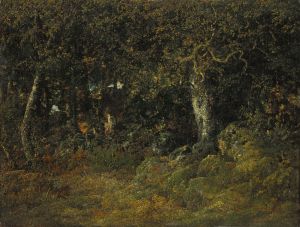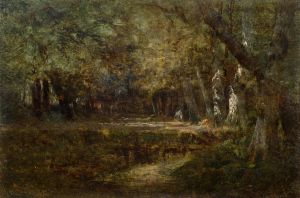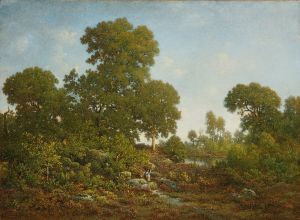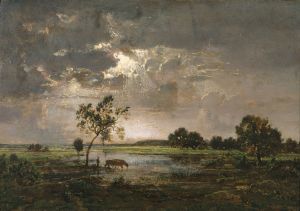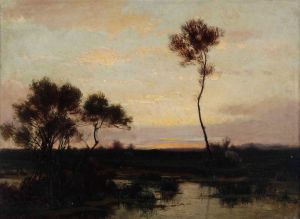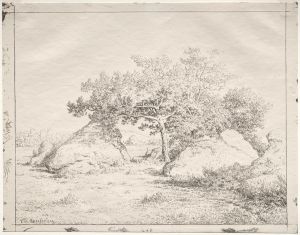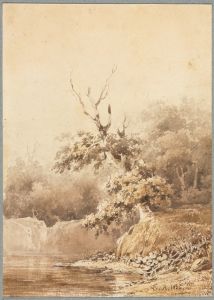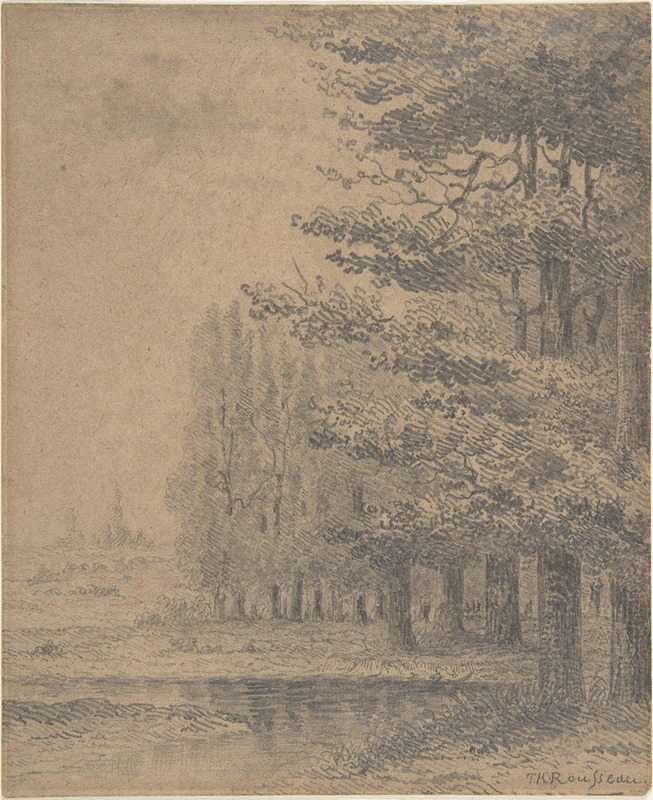
Landscape
A hand-painted replica of Théodore Rousseau’s masterpiece Landscape, meticulously crafted by professional artists to capture the true essence of the original. Each piece is created with museum-quality canvas and rare mineral pigments, carefully painted by experienced artists with delicate brushstrokes and rich, layered colors to perfectly recreate the texture of the original artwork. Unlike machine-printed reproductions, this hand-painted version brings the painting to life, infused with the artist’s emotions and skill in every stroke. Whether for personal collection or home decoration, it instantly elevates the artistic atmosphere of any space.
Théodore Rousseau, a prominent figure in the Barbizon School of painters, is known for his dedication to landscape painting and his efforts to depict nature with authenticity and emotional depth. One of his works, titled Landscape, exemplifies his artistic philosophy and technical skill. However, specific details about this particular painting, such as its creation date, current location, and historical context, are not readily available in public records or scholarly sources.
Rousseau's broader body of work reflects his deep connection to the natural world and his rejection of the academic conventions that dominated French art in the early 19th century. He often painted scenes from the Forest of Fontainebleau, a location that became a central inspiration for the Barbizon School. His landscapes are characterized by their meticulous attention to detail, dramatic use of light and shadow, and a sense of realism that captures the essence of the environment.
If Landscape is consistent with Rousseau's other works, it likely features elements such as dense forests, open fields, or tranquil water bodies, rendered with a focus on the interplay between light and atmosphere. Rousseau's technique often involved plein air studies, which he later refined in his studio to create finished compositions that balanced naturalism with artistic expression.
Despite facing initial resistance from the Paris Salon, where his works were frequently rejected in the early stages of his career, Rousseau eventually gained recognition as a leading landscape painter. His contributions to the Barbizon School helped pave the way for later movements, such as Impressionism, which also emphasized the importance of capturing the transient effects of light and nature.
Without more specific information about Landscape, it is challenging to provide a detailed analysis of the painting itself. However, it can be assumed that the work aligns with Rousseau's overarching themes and techniques, which celebrate the beauty and complexity of the natural world.





